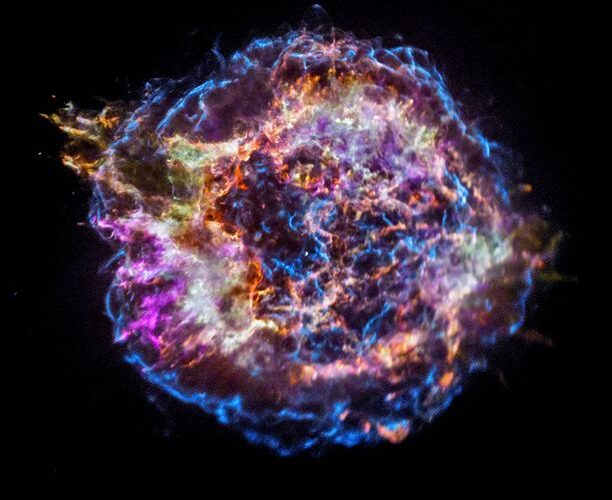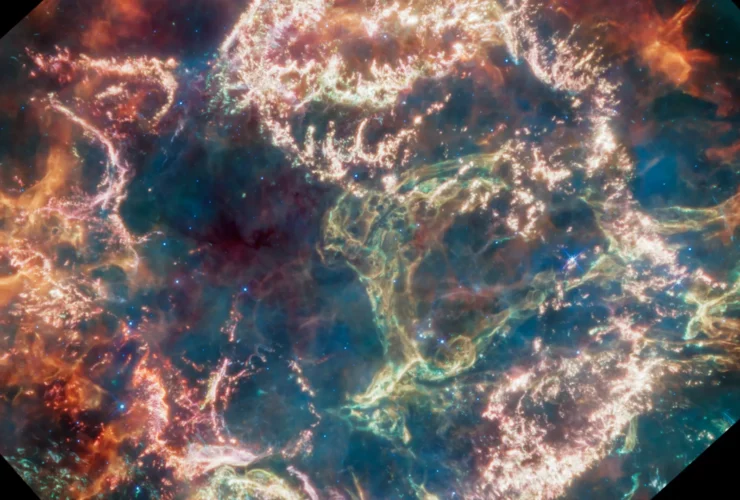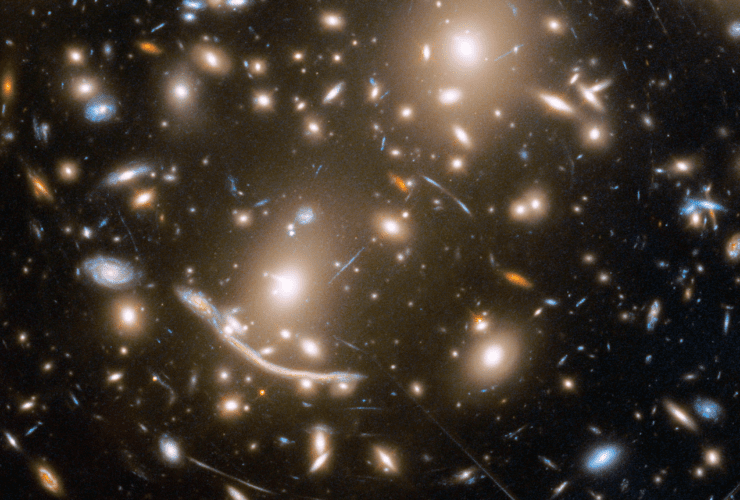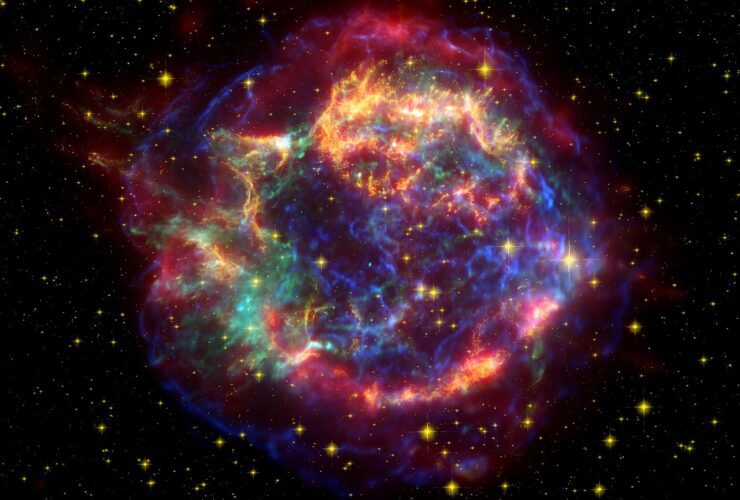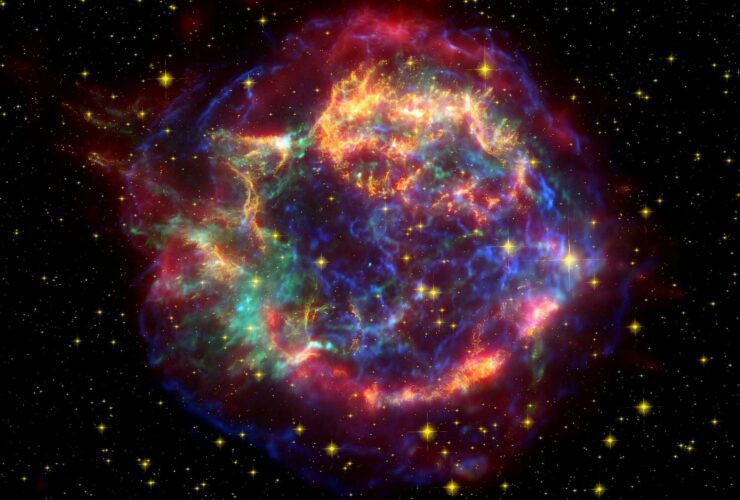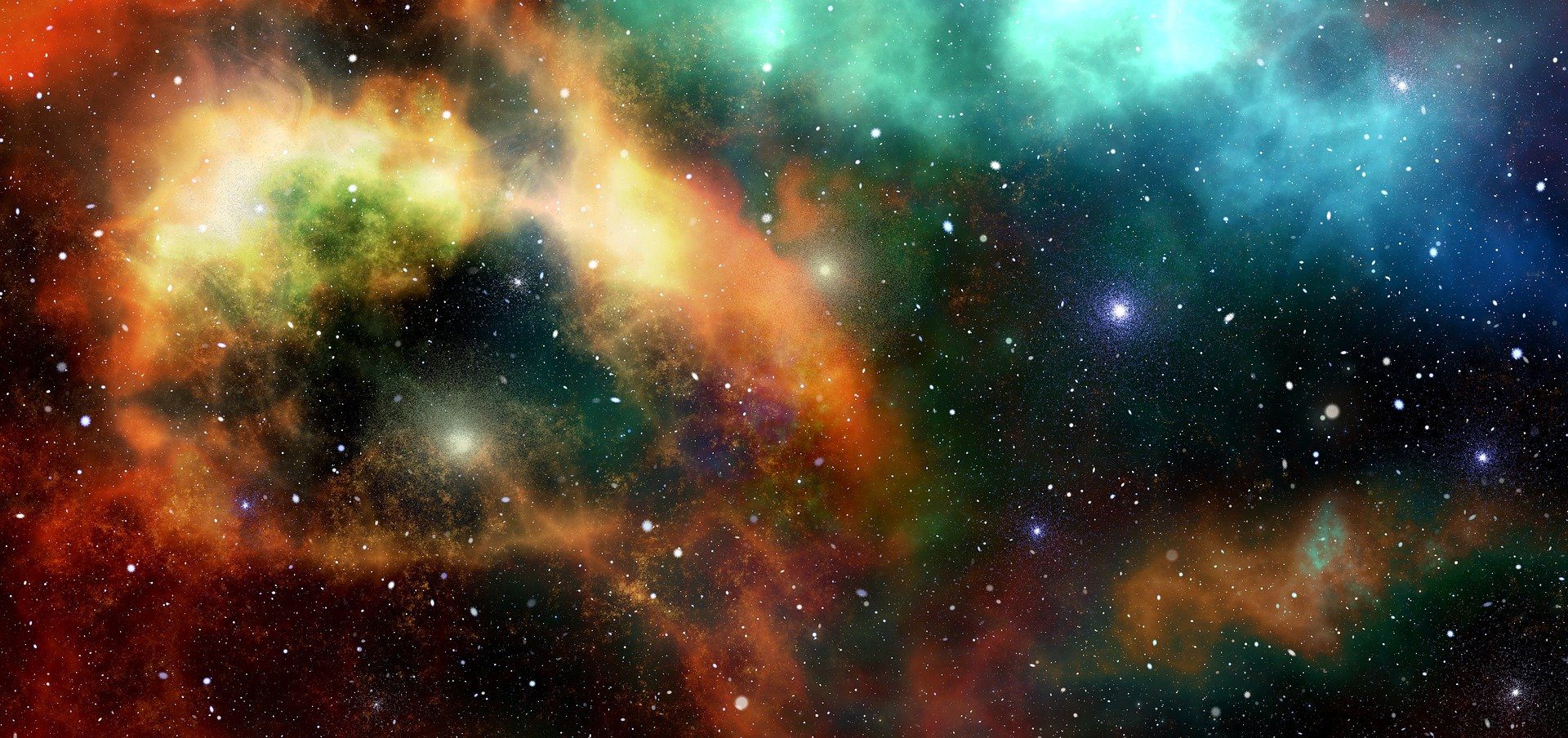Imagine looking up at the Andromeda galaxy, a massive collection of stars 2.5 million light-years away, only to find one of its shining giants—the supergiant star M31-2014-DS1—has simply vanished. No cosmic fireworks, no explosion lighting up the night sky. Just… ...
The youngest known supernova part of the Milky Way, Cassiopeia A, had kind of a bloody past, as shown in new James Webb Space Telescope photos. It seems that once again, as the Universe unfolds right before our eyes, more ...
Finding a star in space is relatively easy since they emit a lot of light. They are practically illuminating the Cosmos. Stars are a lot easier to find compared to planets or, not to mention, black holes. But finding a ...
Even in 2022, astronomers still cannot fully explain what dark matter and dark energy are. The good news is, however, that they don’t stop looking for answers. It’s obvious why curiosity is high, considering that we’re talking about the ‘stuff’ ...
It may be a bit depressing to know that even those huge, shiny, and powerful balls of fire from the sky will face their demise at some point. It’s also the case for our Sun, but there’s no need to ...
There’s an odd quirk to a tremendous shock wave going through a gas cloud left behind after a star’s catastrophic death: recent research shows that part of it is flowing in the wrong way. Authors of this study term this ...
The Cassiopeia A supernova’s inner nebula isn’t traveling outward evenly. Astronomers from the University of Amsterdam and Harvard have found this new phenomenon. There is a strong possibility that the remains have been impacted by another object. The Astrophysical Journal ...
Stars are exciting enough for astronomers since they provide tremendous amounts of light and energy for their surrounding planets. But supernovae might be at the “next-level” since they can be as big and imposing as an entire galaxy. Furthermore, some ...
Giant stars often burst as supernovae once the fuel is running out. Still, scientists are looking for other types of starbursts to help comprehend our universe’s richness. Recent data from the Very Largely Array Sky Survey were utilized in new ...
Space has sent to our planet a rare isotope of iron for the last 33,000 years. This thing is intriguing yet curious, mainly because scientists found radioactive dust underneath the ocean waves. That indicates how Earth is travelling through a ...
Only some stars die, and when they do that, they go out in a blaze of glory: a peculiar yet tragic event known as a supernova. New information about supernova aftermath is now available. Astrophysicists succeeded in simulating what happens ...

